Harman Kardon is back with a new line of headphones and first in FLY series is the FLY ANC Headphones. The FLY ANC, as the name suggests, comes with active noise cancellation technology. They retail for S$349.
Unboxing
Inside the box, you will find the following items:
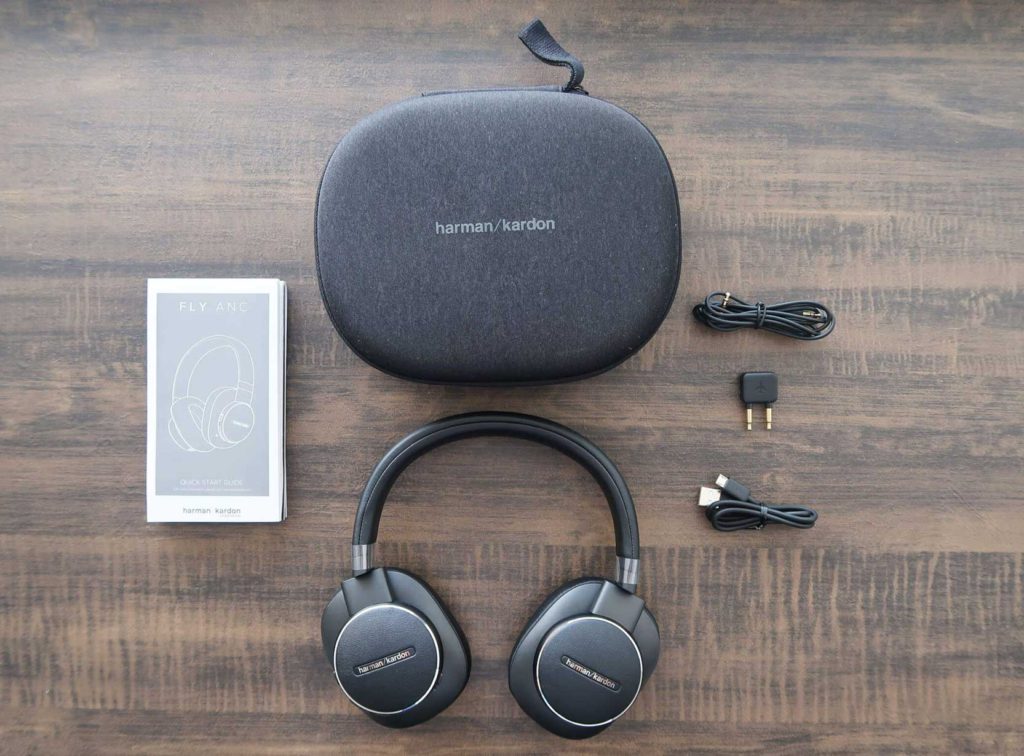
- Harman Kardon FLY ANC
- Carrying case
- Flight adapter
- 2.5mm to 3.5mm audio cable
- Charging cable
- User manual
Tech specs
| Driver Size | 40mm |
| Frequency Response | 16 – 22,000 Hz |
| Sensitivity | 100 dB SPL@1kHz/1mW |
| Impedance | 32 ohms (unit impedance) |
| Battery Life | 20 hours per full charge (with ANC on) 30 hours per full charge (with ANC off) |
| Weight | 281 g |
| Bluetooth Version | 4.2 |
| Audio Codecs | AAC, SBC |
Build quality and features
Before we get into the headphones, I thought I’d mentioned that Harman Kardon included a hard shell carrying case which is similar to the one included with the Sony WH-1000XM3. It’s great the Harman Kardon provided a hard shell case as other S$300+ headphones in the market don’t even provide a case.
When it comes to build quality, the FLY ANC headphones are superb. They have zero creaking when flexing the headband and feels very sturdy when holding it. Harman Kardon makes the FLY ANC headphones look and feel premium by putting leatherette on almost every part of the headphones. The FLY ANC is able to fold down allowing you to bring it around in carrying case.
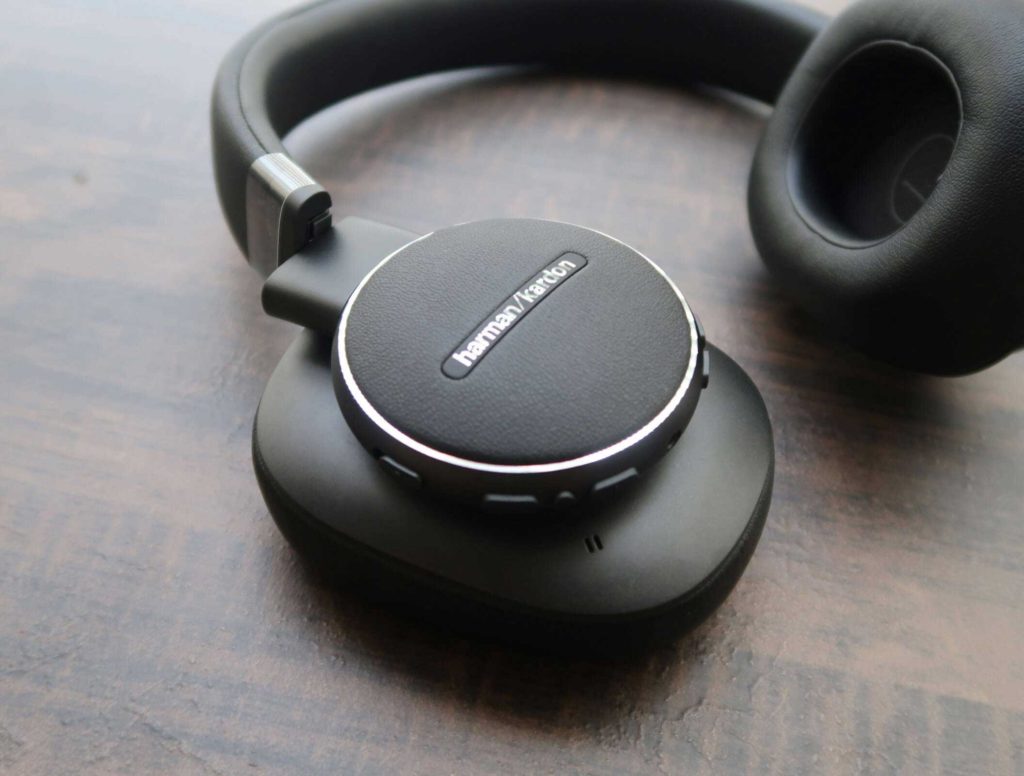
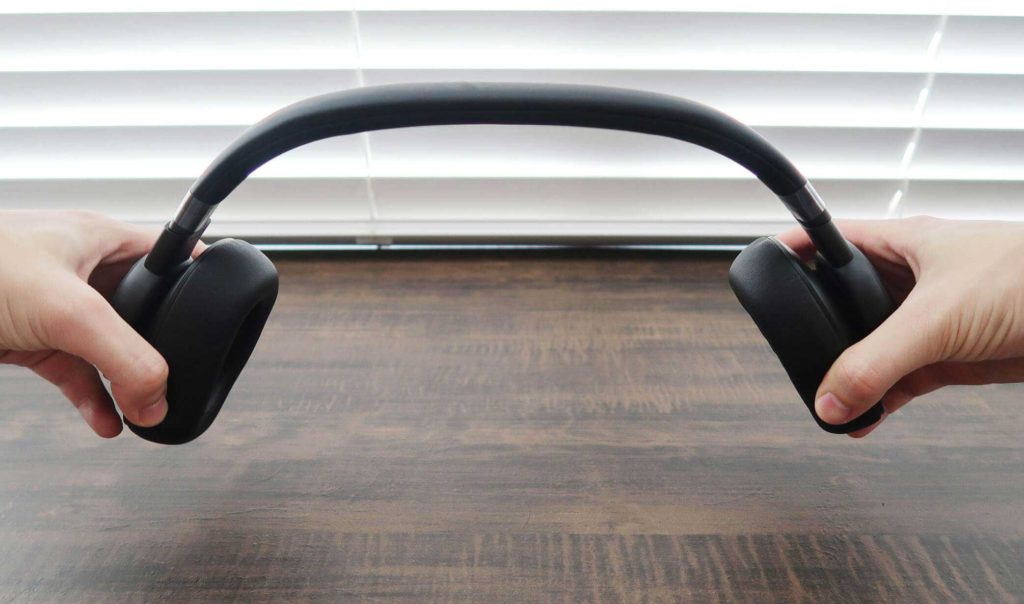
Controls
The FLY ANC utilises physical buttons which are all located on the right ear cup. It feels a little bit congested to put all controls on one side, at the start it took me a while to distinguish the buttons just by feeling it. The buttons is able to do everything you need to – adjust volume, play/pause, and skip tracks. The left ear cup has a touch enabled surface for you to call out Google Assistant or Alexa.
App
There is an accompanying app for the FLY ANC headphones called My harman/kardon Headphones. In the app, there is custom equaliser setting which you can adjust to make changes to the sound.
The custom EQ mode is on similar levels as the EQ on the Jaybird MySound app (which I reviewed on the Jaybird Vista). You can add distinct markers to tweak and adjust the sound profile to however you like. The changes can be felt but they are not as obvious as on the FLY TWS.
Google Assistant / Alexa
One special feature of the FLY ANC is that headphones come with built-in Google Assistant or Alexa support. Simply add the FLY ANC as a device to your Google Assistant and you can now get help from Google Assistant. Simply tap and hold the left ear cup to talk to the Assistant, or a single tap to get a read out of your notifications. This is pretty useful if you’re a iPhone user and use Google Assistant often. One thing to note that is you must leave the Assistant app running in the background for this to work.
Battery life
With ANC turned on, you can expect up to 20 hours of play time which is sufficient to get you by a single flight. And with the ANC turned off, the battery will last you up to 30 hours. The FLY ANC headphones support fast charging – just 15 minutes of charging will get you 2.5 hours of play time.
It is actually rather surprising that Harman Kardon opted to use micro-USB for charging the headphones, instead of a USB-C. In 2020, it could actually be a deal breaker as there are lesser devices using micro-USB.
Fit
The FLY ANC is decently comfortable and fits well for me, but do not expect the same comfort level you will have with flagship S$500 headphones like the Sony or Bose. I believe I have an average size head and pair of ears. So for me, they actually fit well without too much clamping pressure. However, I think anyone who has a larger head or pair of ears may find the FLY ANC a little too tight.
Firstly, the clamping force of the headphones might be a little too strong for some. Secondly, the ear cups are also a little on the smaller side. I have average sized ears and they do fit snug within the ear cups. But with headphones, we want a little room for in the ear cups for comfort. For comparison, the Sony WH-1000XM3 is has roomier ear cups than the FLY ANC. That being said. the leatherette on the ear cups feels soft and are generally comfortable.
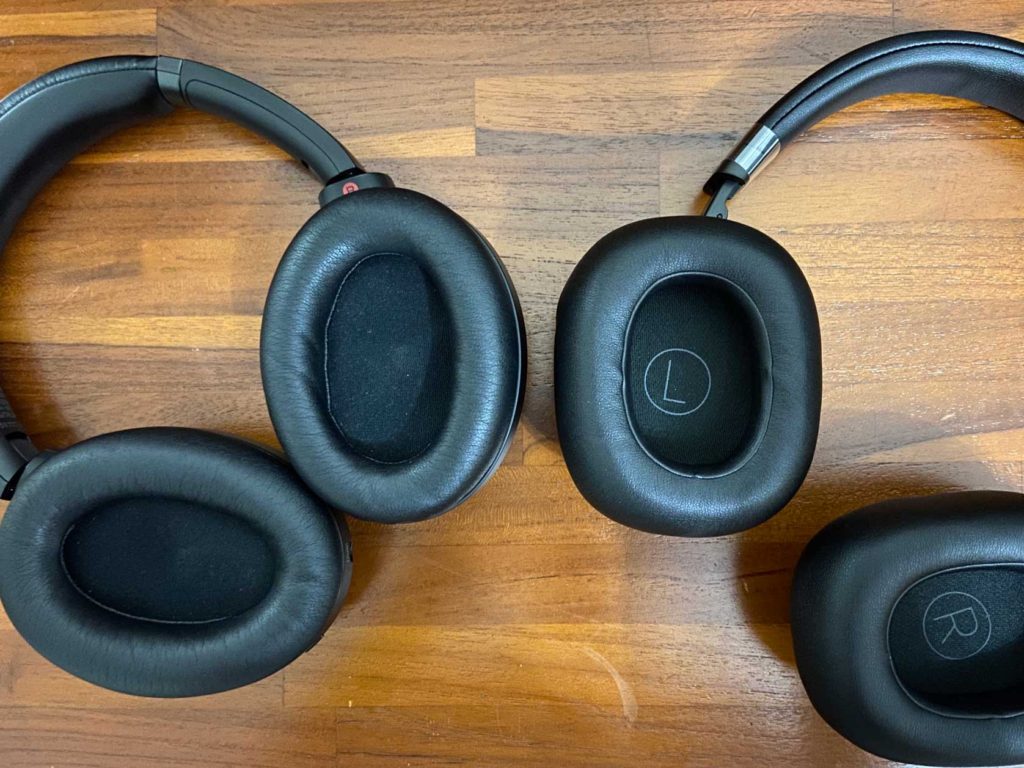
Pairing, connectivity, and latency
The FLY ANC only has Bluetooth 4.2 but that does not really impact performance. In fact, the FLY TWS supports multi-point connection, so you will be able to connect up to two devices at one time and switch them however you like.
As for latency, there is seems to be slight amount of lag from watching YouTube videos from the YouTube app on my iPhone 11. But weirdly on Netflix for example, there is no lag.
Sound quality
Bass on the FLY ANC is punchy and controlled. It can get deep with reverb if the song aims to do so, but in general does not present too boomy of bass. Sony WH-1000XM3 offers more boomy bass for comparison. Midrange is the main focus on the FLY TWS, it is forward and has good vocal and instrument separation. Vocals and instrument are more engaging on the FLY ANC compared to the Sony WH-1000XM3 or WH-CH710N where bass is more prominent. Soundstage is also pretty wide. As for treble, they are clean sounding and well disciplined to not sound overly harsh. Since the app allows you to tune the EQ, if you find the bass lacking you can always adjust it in the app.
ANC performance
As the FLY ANC is priced at S$349, it is under the mid-tier range so do not expect the ANC performance to be the same level of the Sony or Bose. The ANC on the FLY ANC headphones is pretty decent, where it feels like a light implementation of ANC. Low rumbling such as in buses are reduced to large extent but not completely gone, while high screeching sounds when in the MRT tunnels are reduced to a fair amount only. The ANC effectiveness is somewhere along the standards of the Sony WH-CH710N. There is not much cabin pressure effect which is great.
Microphone quality
The microphone on the FLY ANC is pretty decent, quite similar in clarity to the FLY TWS. My voice on the FLY ANC sounds a little distant on the onset, where it sounds like I’m speaking on a speaker phone. When background noise is introduced, the microphone is does a good job in isolating my voice and cancelling out the noise quite effectively.
Conclusion
Harman Kardon FLY ANC headphones has a great sound that I like and is really well built with an elegant premium design, at a mid-tier price of S$349. The ANC on these is pretty decent and expected from a mid-tier priced pair of headphones. It also has multi-point connectivity if you require such feature. However, do note that the fit may be more suited for people who have average sized heads and ears. And also they only charge via micro-USB.
If you’re looking to buy, Stereo shop on Qoo10 sells them and I always recommend purchasing on Qoo10 as you can stack shop and cart coupons to lower the purchase price.
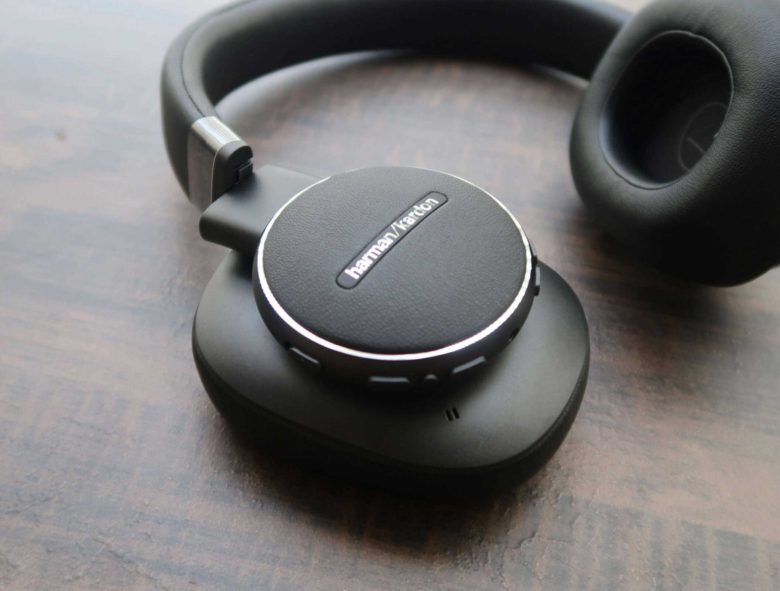

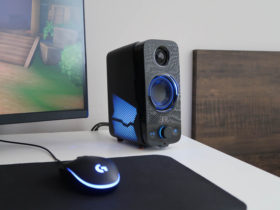
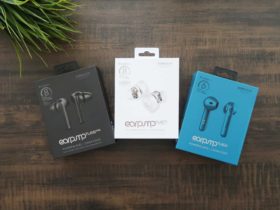
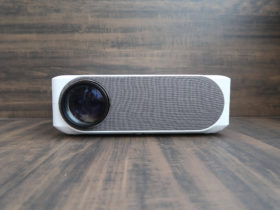
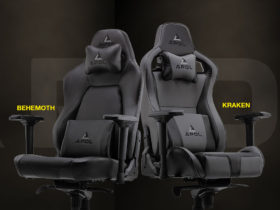
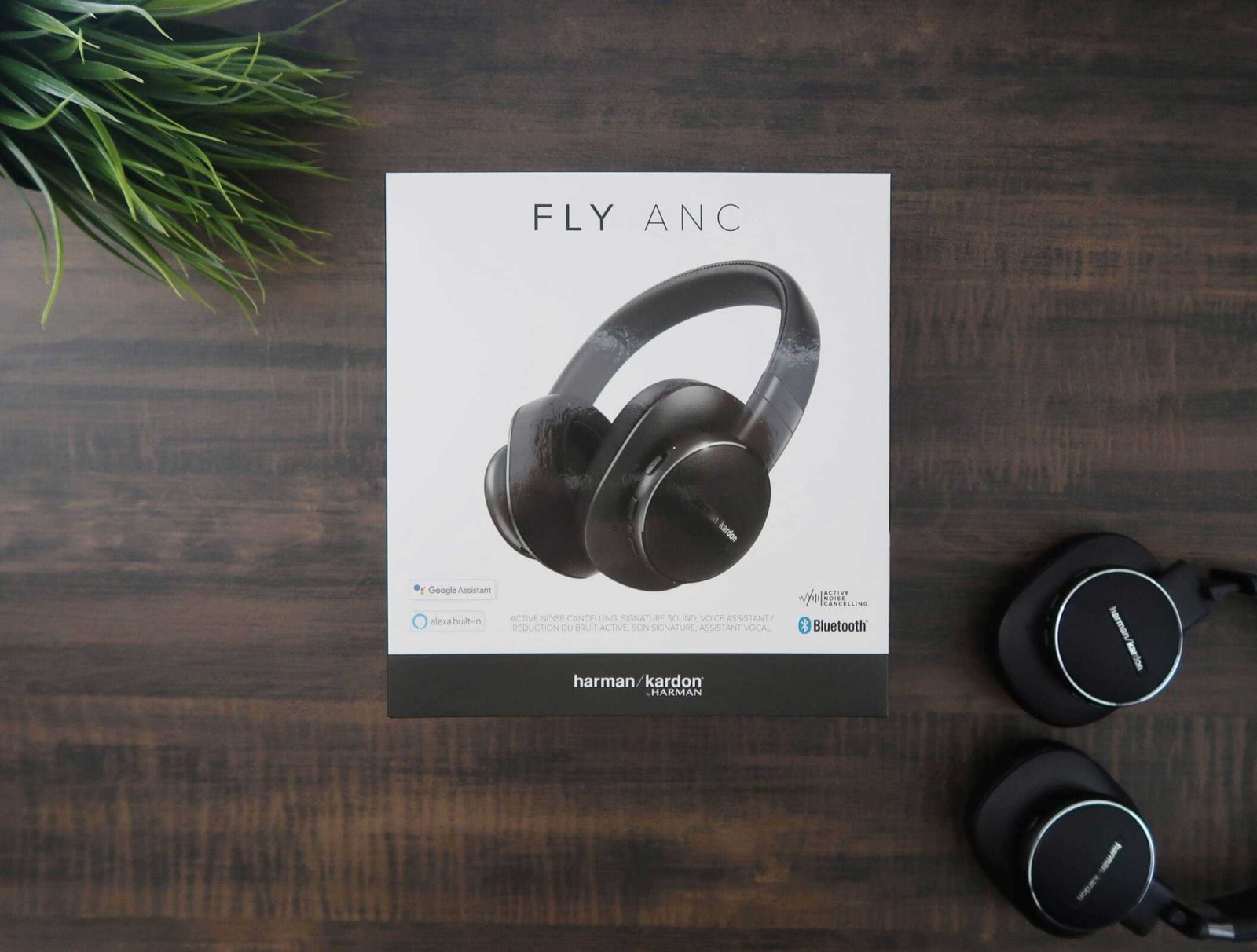

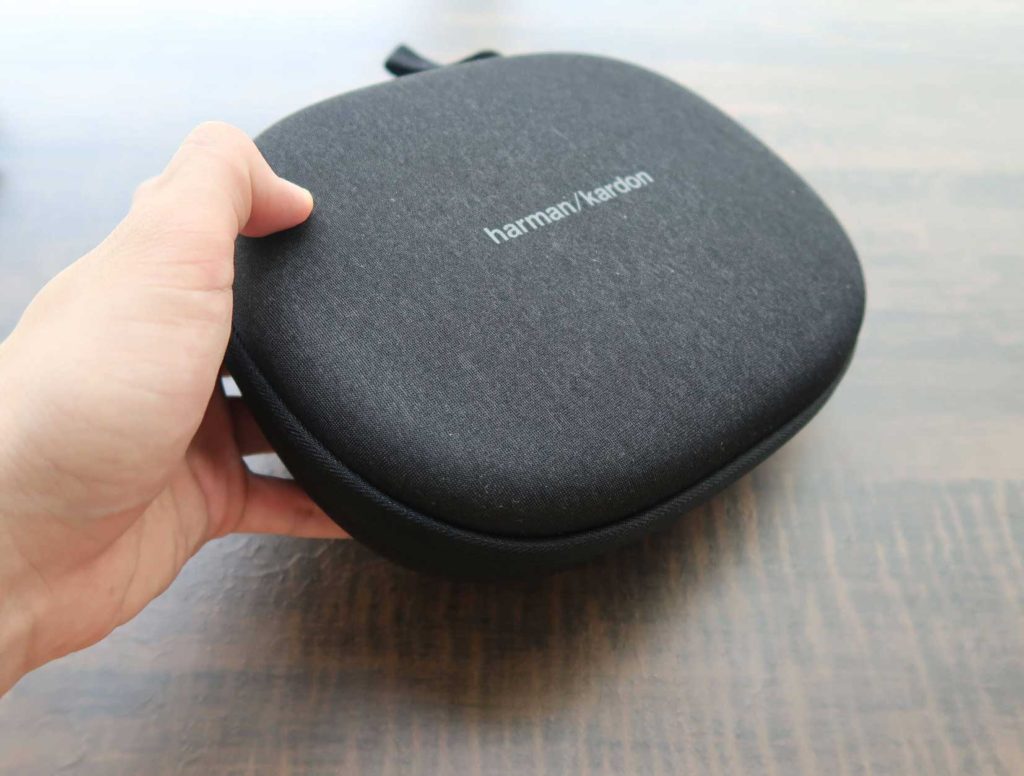
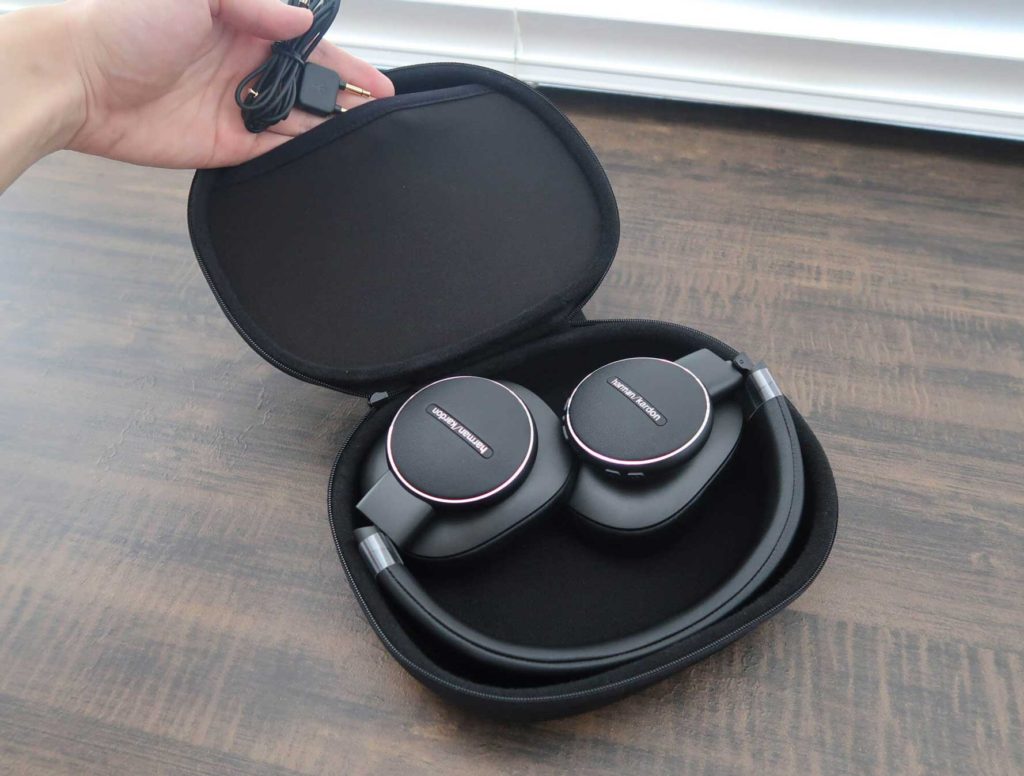
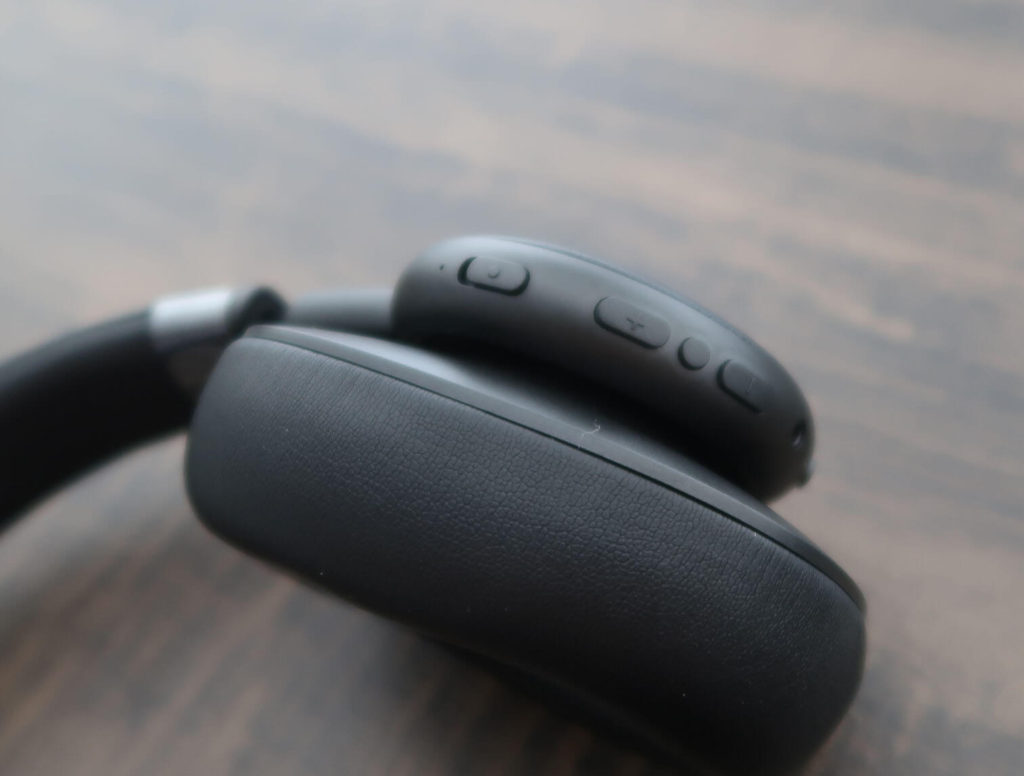
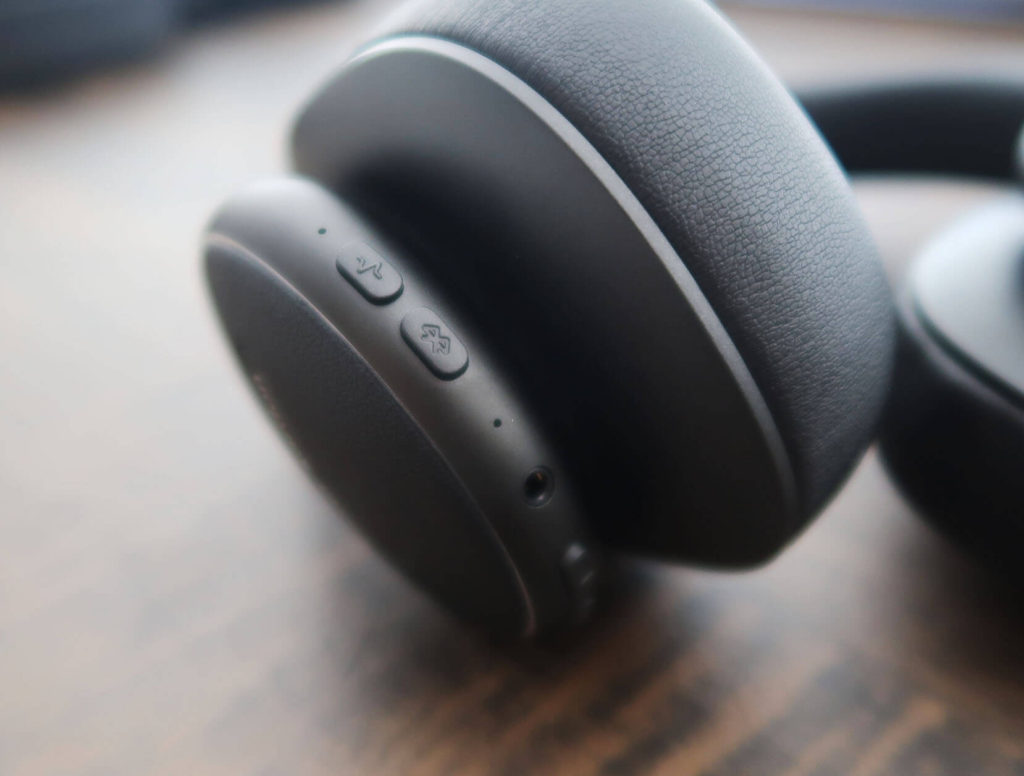
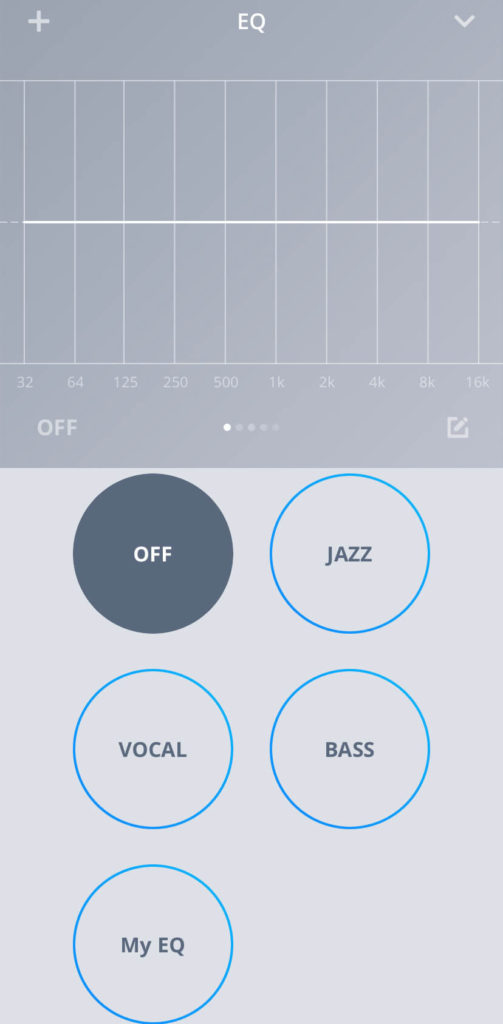
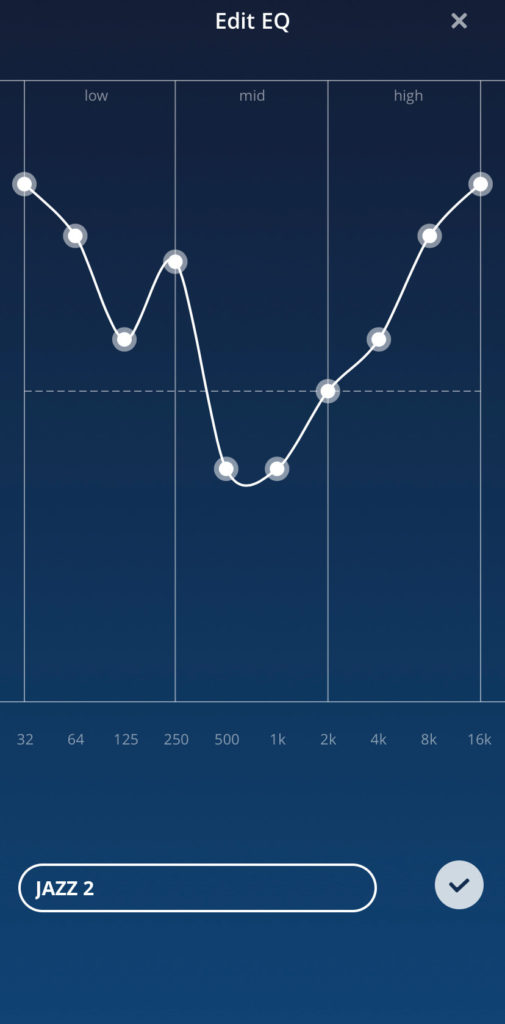
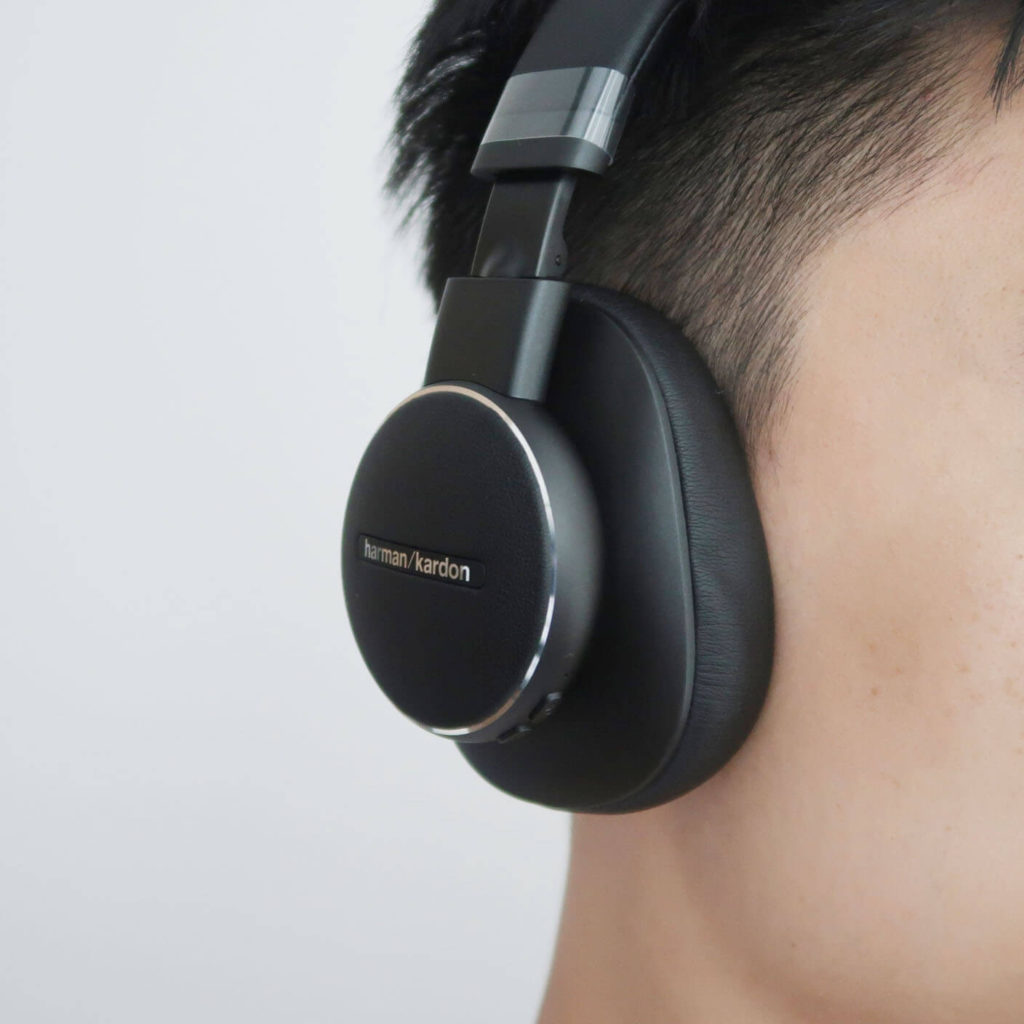
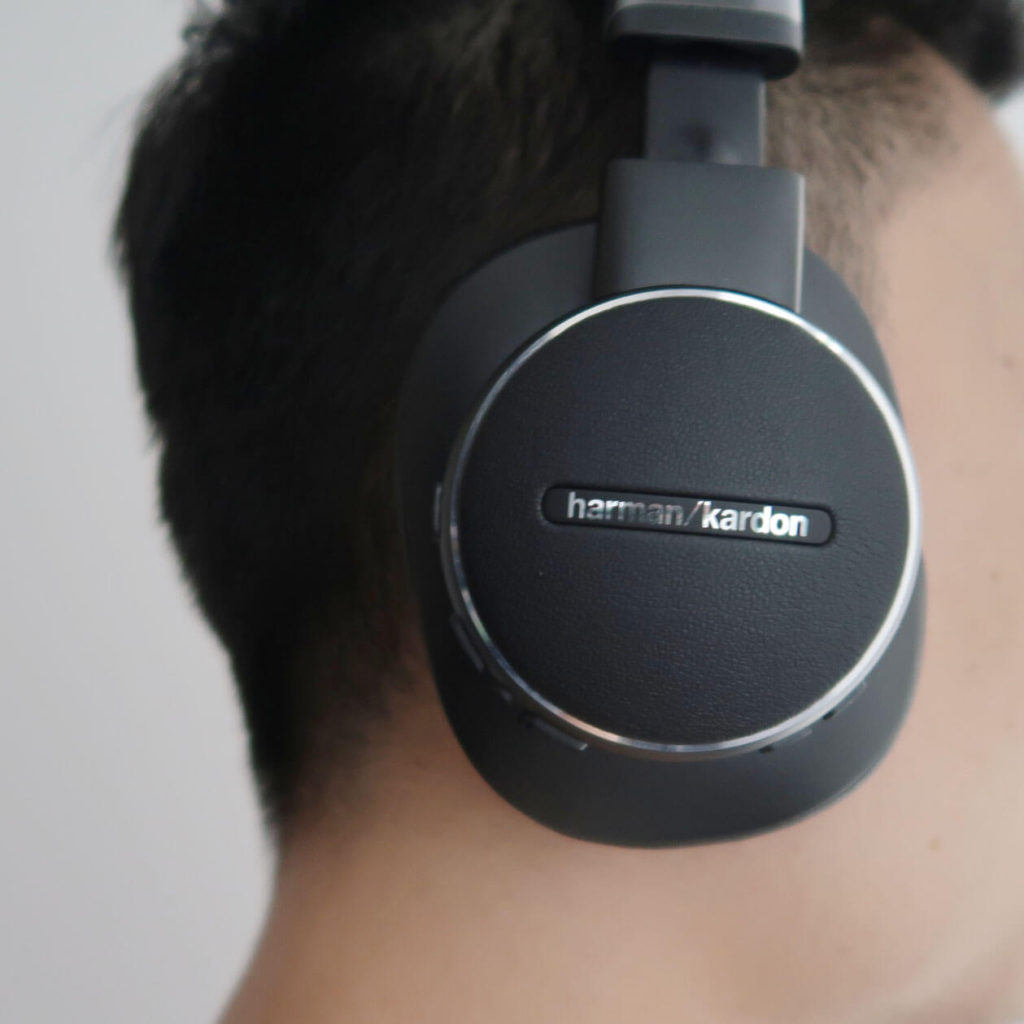







Just over a year later and I found these for a fraction of the SRP. They work great with certainly the best noise cancelation I’ve yet heard from budget priced phones.
The only oddity is that when I try the wired connection using the supplied cord (2.5mm male to 3.5mm male) I get only mono sound. I’m thinking it might be the cord itself because, although there is no inline control mechanism, the 3.5mm plug has 4 connections, while the 2.5mm plug has the standard stereo 3 connection